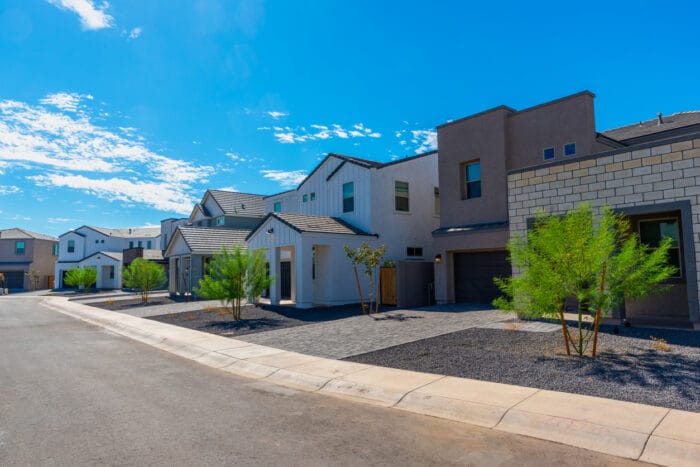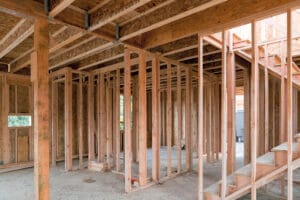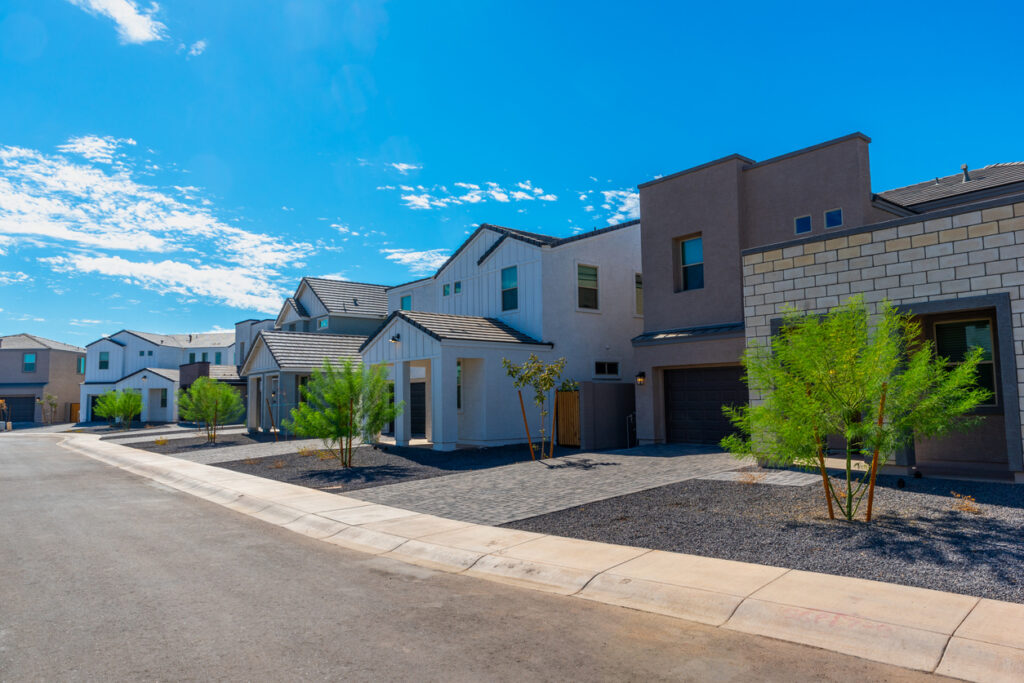When it comes to your Arizona home’s attic, understanding when and why you need a licensed structural engineer can save you thousands of dollars and protect your family’s safety. Whether you’re addressing concerns from a home inspection, planning an attic conversion, or repairing roof trusses, this guide covers everything Arizona homeowners need to know about attic structural engineering.
What Is a Licensed Structural Engineer?
A licensed structural engineer specializes in analyzing, designing, and evaluating the load-bearing elements of buildings and structures. In Arizona, structural engineers must hold a valid Professional Engineer (PE) license issued by the Arizona Board of Technical Registration, confirming they’ve met strict education, experience, and examination standards.
Unlike general contractors or home inspectors, structural engineers have advanced training in:
- Load calculations and weight distribution
- Building code compliance
- Material stress analysis
- Foundation and framing systems
- Arizona-specific climate and soil considerations
When Do You Need a Structural Engineer for Your Attic in Arizona?
1. During Real Estate Transactions
Home inspections in Arizona often uncover attic or truss concerns that require professional evaluation. A licensed structural engineer provides the certified documentation needed to move forward with confidence during a home sale or purchase.
“Schembri Engineering helped my Mom with a Structural Inspection of the roof for a Home Inspection. Phil was able to come the day after my initial phone call. He answered all our questions regarding the directions we could proceed. He provided us with a Certified report to attach to the truss in the attic detailing his findings. I was grateful for his quick response and making complicated information user friendly.”
— Leslie
2. Attic Conversion Projects
Converting your attic into livable space — like a bedroom, office, or storage area — is an attractive way to maximize your home’s square footage. However, most attics aren’t originally designed to handle additional live loads required for occupancy.
A structural engineer will:
- Evaluate existing floor joists and truss capacities
- Determine if additional beams or supports are required
- Calculate safe load limits for furniture and occupancy
- Ensure stair access and ventilation meet building codes
- Create a code-compliant design plan
Learn more about how Engineering and Design Services ensure safe and successful home modifications.
3. Roof Truss Issues and Repairs
Arizona’s heat and monsoon storms can take a toll on roof trusses. You should contact a structural engineer if you notice:
- Cracks, splits, or bowing in roof trusses
- Sagging rooflines or ceiling dips
- Previous DIY truss modifications
- Water or termite damage
- Concerns raised during a home inspection
Trusses are engineered systems — even small changes can cause significant stress imbalances. A structural engineer provides a certified truss repair design to restore safety and compliance.
4. HVAC, Solar, or Equipment Installations
Installing HVAC systems, solar panels, or other mechanical equipment in your attic adds significant weight. Engineers ensure your trusses and framing can safely support these loads and that penetrations or mounting points won’t compromise structural integrity.
What Does an Attic Structural Inspection Include?
A professional attic inspection typically covers:
Visual Assessment
The engineer examines roof trusses, rafters, joists, beams, connections, and signs of damage or modification.
Load Analysis
Calculations ensure your trusses and joists can handle existing and proposed loads, including live, dead, and wind loads.
Code Compliance Review
Engineers verify that all framing and truss systems meet Arizona building codes and local amendments.
Certified Report
You’ll receive a detailed, stamped report outlining findings, calculations, photos, and recommendations — often attached directly to the trusses for easy future reference.
Why Attic Truss Design Matters in Arizona
Trusses are the backbone of your roof system. In Arizona’s climate, they must withstand extreme heat, sudden temperature shifts, and monsoon winds. Structural engineers evaluate and design truss systems to:
- Prevent sagging or cracking from thermal stress
- Ensure proper load transfer to walls and foundations
- Resist wind uplift and lateral forces
- Extend the life of your roof and home
Even small issues like improper bracing or added storage can compromise the entire roof system if not reviewed by an engineer.
Arizona-Specific Attic Considerations
- Extreme Heat: Attic temperatures often exceed 150°F, affecting wood expansion, fasteners, and adhesives.
- Monsoon Winds: Engineers ensure proper uplift resistance and truss-to-wall connections.
- Energy Efficiency: Heavy insulation or improper ventilation can create structural and moisture problems.
- Soil Movement: Expansive desert soils can cause subtle shifts that affect attic framing alignment.
A licensed engineer understands how these regional factors influence truss performance and long-term stability.
Choosing the Right Structural Engineer
When hiring a professional:
- Verify licensing with the Arizona Board of Technical Registration
- Seek attic and truss experience specifically
- Ask about response time — Schembri Engineers offers next-day appointments
- Check reviews and client feedback for reliability and communication style
For more insight into why early consultation with an engineer can protect your investment, see our article: Why Arizona Homebuyers Need a Structural Engineer Before Closing
Final Thoughts: Protecting Your Attic and Your Investment
Your attic trusses play a critical role in your home’s stability and safety. Whether you’re converting your attic, repairing trusses, or addressing issues from a home inspection, a licensed structural engineer ensures that every modification meets Arizona’s strict codes and climate demands.
Investing in professional structural engineering provides peace of mind, certified documentation, and long-term protection for one of your home’s most important systems — the roof above your head.





